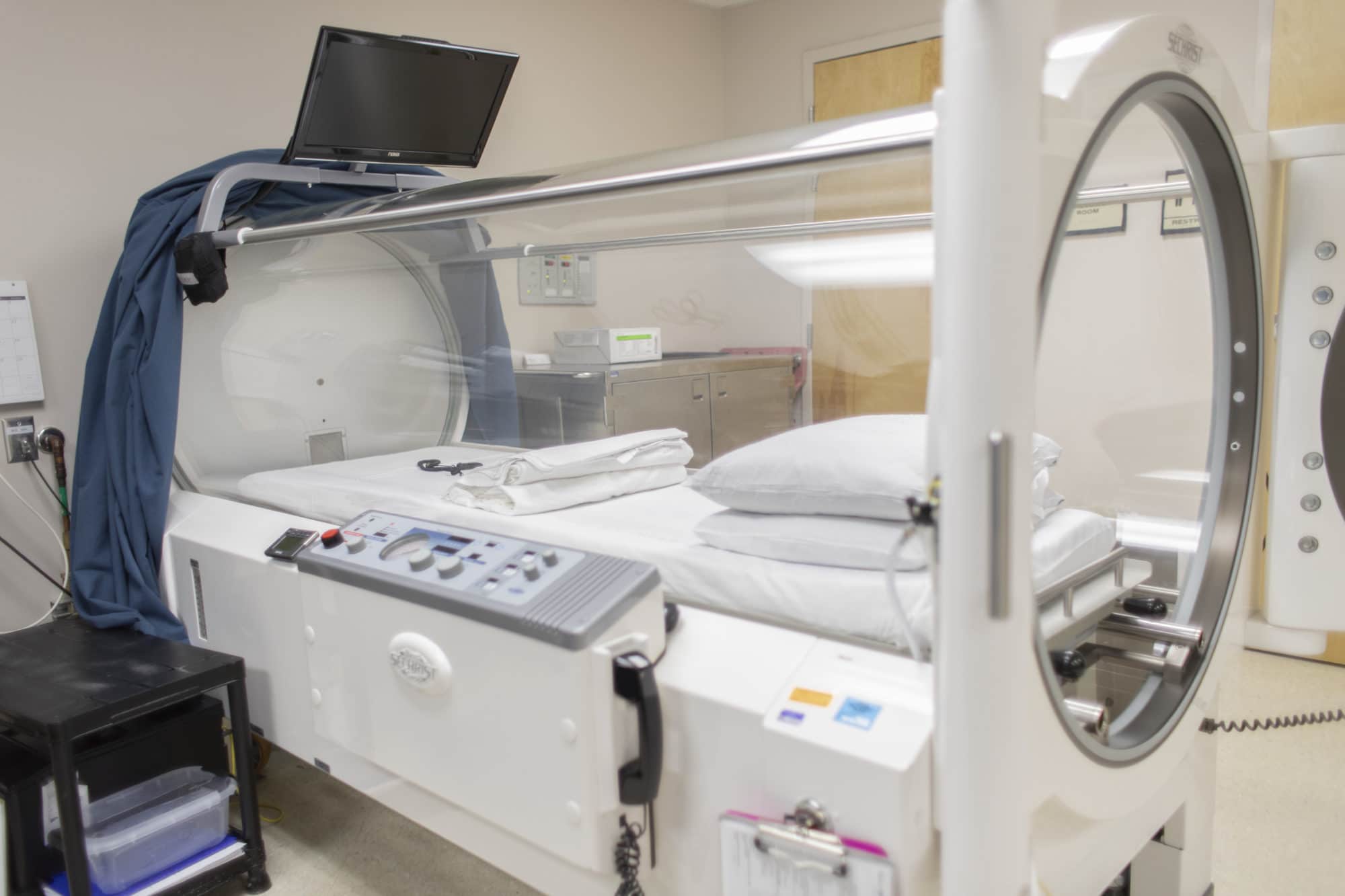What is a Hyperbaric Chamber?
Let’s keep it simple: a hyperbaric oxygen therapy chamber is a specially‑built pressurised vessel where you breathe oxygen under higher than normal atmospheric pressure.
Why does that matter? Because by increasing the pressure and giving 100% oxygen, you increase how much oxygen dissolves into your blood and tissues—helping healing in situations where regular oxygen delivery isn’t enough.
You’ll hear about two‑main categories: medical‑grade chambers and non‑medical / “mild” / “soft” chambers. They fall into different classes, with different capabilities and uses.
Medical‑Grade Hyperbaric Chambers


These are the big ones when you’re serious about medical treatment.
What they do
They’re built to deliver 100% medical‑grade oxygen. The pressure can go up to around 3.0 ATA (that’s roughly three times normal sea‑level pressure). They are typically FDA‑approved (or equivalent in non‑US regions) for certain conditions, so they’re used in hospitals and clinics. A trained technician monitors the session; the set‑up is clinical, safe, and supervised.
Two main forms

- Monoplace chambers: built for one person at a time. Usually you lie down, inside a clear tube‑style chamber.
- Multiplace chambers: built for more than one person at once. People wear masks or hoods to breathe oxygen, and the chamber is filled with pressurised air (while oxygen is delivered separately).
When they’re used
- For serious medical conditions like non‑healing wounds, radiation tissue damage, decompression sickness, etc. (for which the evidence supports the therapy).
- When insurance coverage is possible (at least in regions where medical‑grade HBOT is recognised) because they meet regulatory standards.
Why pick medical‑grade?
Because you get full oxygen delivery under full pressure, which means the therapy can achieve the physiological effects you want. Soft/mild chambers don’t match that.
Mild / “Soft” Hyperbaric Chambers

Now let’s talk about the alternative: the mild or soft versions. These are popular because they’re cheaper, smaller, and often marketed for wellness or at‑home use.
What they are
- These chambers are usually made from canvas, polyurethane, or “bag”‑style materials. They do not deliver 100% medical‑grade oxygen; instead they might compress room air (which is ~21% oxygen).
- They only reach lower pressures (typically ~1.3‑1.5 ATA) whereas medical‑grade goes higher.
- They are not approved for the majority of medical conditions (in the US, and many other regulatory regions) beyond something like acute mountain sickness.
What they’re marketed for
- Wellness, “recovery”, “performance enhancement”, “anti‑ageing” (but with less clinical backing).
- Home use.
- Lower cost entry into hyperbaric experience.
Key caveats
- Because the pressure and oxygen levels are far lower than medical‑grade, the physiological impact is smaller and less proven.
- Insurance and medical claims are typically not valid for these devices.
- Be cautious of over‑promises: many claims (for “soft” HBOT devices) still lack strong clinical support.
How to Choose What’s Right for You


Here’s a simple checklist when you’re considering hyperbaric therapy (or writing content about it):
What’s the goal?
- If you’re treating a serious medical condition (e.g., non‑healing wound, radiation damage), you’ll want a medical‑grade chamber under medical supervision.
- If you’re exploring wellness/performance, you might encounter mild chambers—but keep expectations realistic.
Check the pressure & oxygen specs.
- Is it 2.0 ATA or higher? Is it 100% oxygen or just air? These numbers matter.
- Lower specs = lower potential benefit.
Regulatory and insurance status.
- Is the device FDA‑approved (or approved by your local regulator) for the condition being treated?
- Will insurance cover it (if relevant)?
Supervision & safety.
- For medical‑grade therapy, there should be trained staff, monitoring, emergency protocols.
- For at‑home devices: know the limitations and risks.
Cost vs benefit.
- Higher cost = more capability (typically).
- But if your goal is wellness and the evidence is weak, weigh whether the cost is justified.
Claim realism.
- Be wary of devices or clinics that claim “miracle cures” without evidence.
- In content you want to make sure you are clear about what is proven vs experimental.
Summary: The Bottom Line
If you’re going for serious medical therapy, you need a medical‑grade chamber: high pressure, 100% O₂, supervised, with evidence. If you’re looking for wellness/fitness/recovery and are okay with lower impact, then mild/soft chambers might make sense—but you should be clear about what they can’t do.